In the modern world it is difficult to imagine life without salt. Few people will eat meat, pasta, cheese, bread and other foods without it. Sodium chloride is also used for cosmetic purposes.
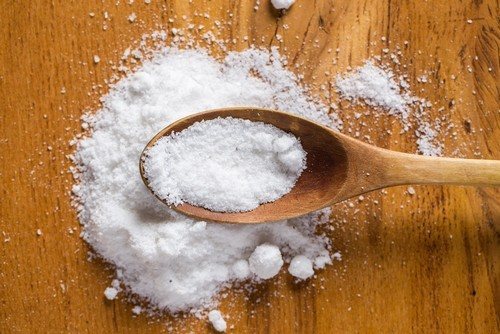
The benefits of this product for the garden have long been known. In moderate quantities, salt enriches the soil with useful substances, increases productivity, and fights garden parasites.
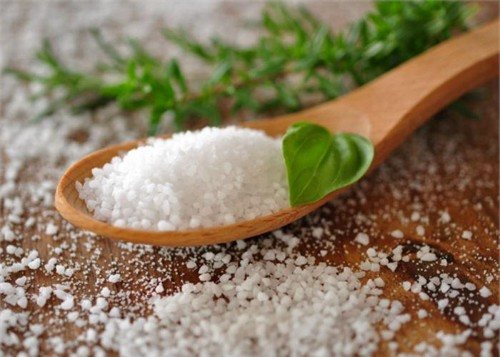
Shells are good for the sea, but holes are good for cheese
Yes, you correctly understood who we are talking about - slugs. Sometimes there are too many of these far from harmless invertebrates in the garden - in this case, you need to urgently look for a method of getting rid of them, otherwise the harvest will be nothing but holes. They love to eat cabbage, lettuce, and berries. To drive out slugs, you can sprinkle salt on their habitats. Very soon they will leave. But don't overdo it: high concentrations of sodium chloride can harm the soil.
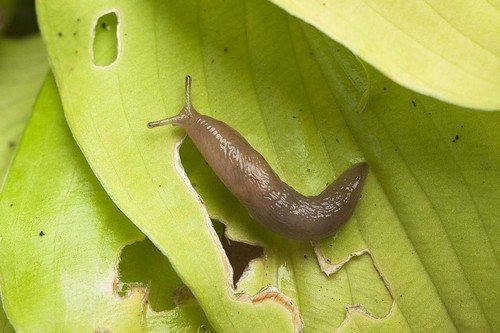
Tired of moles - salt will help
If moles constantly make themselves known and dig up the garden in the wrong places, there is no need to worry. Table salt will also help here: pour it into the holes without covering with soil. Moles do not like this seasoning: the dug holes, of course, will not go anywhere after this procedure, but the digger animals will no longer visit you.
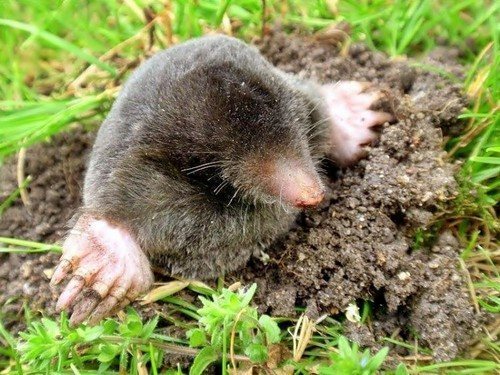
Salt - water, salt - water, run away in all directions
Insects often harm cultivated plants through their activities, worsening their condition and reducing productivity.Sodium chloride will help fight insect pests.
So, if you do not want the onion midge to settle on the onion, do this in the early stages of crop growth (4-5 cm):
- dissolve 200-250 g of salt in 10 liters of water;
- spray the feathers with the resulting solution;
- repeat the procedure 1-2 more times after 2.5-3 weeks.
Before and after the procedure, it is necessary to water the sprouts generously;
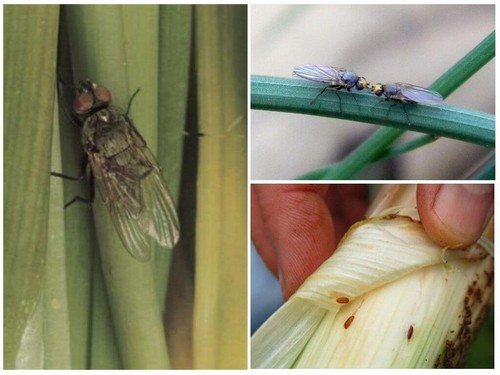
Ants from the garden will also help remove salt. By sprinkling ant paths and anthills with it, you will quickly get rid of these insects.
Fight against late blight
Often plants are affected by fungi, including late blight. You can cure crops from fungus as follows:
- make a solution of 0.7-1 kg of salt and 10 liters of water;
- pour it over the parts of the plant affected by fungi.
As a result of these actions, the leaves of the plant will fall off, and the fruits will be covered with a salt film, which will protect them from pests.
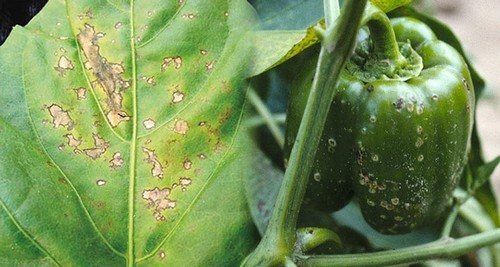
Weeds are not a problem
There are weeds that are very difficult to remove. Salt can get rid of them.
Hogweed – a fast-growing, difficult-to-remove weed that can harm humans and cause burns. Overgrown hogweed is a big problem, so if single specimens of the plant appear on the site, it is important to destroy them immediately. Salt will easily cope with this task:
- cut off the stem;
- pour a couple of tablespoons of sodium chloride into its cavity.
Soon the weed will die.
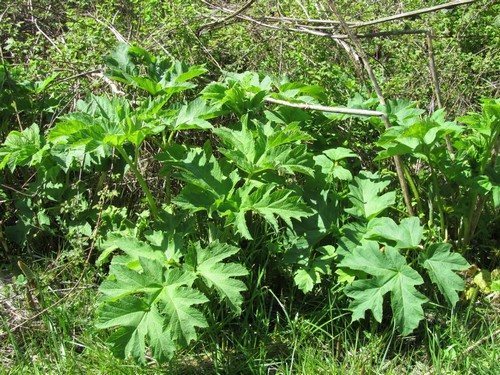
Horseradish - the plant is no less annoying. Some summer residents are thinking about how to grow fatter horseradish at their dacha, while others don’t know how to get rid of it.
Horseradish spreads very quickly and has a well-developed root system. To prevent it from filling the entire garden, you need to do the following:
- dig it up with the roots;
- pour a tablespoon of table salt into the remaining earthen cavity.
If the horseradish has grown strongly, this method will not work - too much salt will harm the soil and the crops grown in the garden.
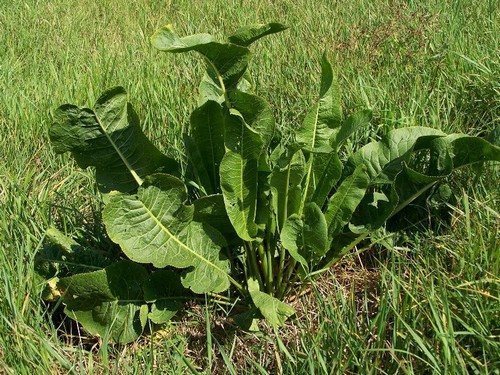
Salt as a fertilizer for fruit trees
Many people say that salt is harmful to the soil and using it in the garden will lead to negative consequences. However, it has been proven that in small quantities it will only bring benefits, especially on depleted soils.
So, if you sprinkle a little salt around fruit and berry trees in early spring or after harvesting in the fall, the next harvest will be much larger, and the fruits will be sweeter and larger. Positive effect on the growth rate and taste of vegetables
Sometimes the harvest of such root crops as beets and carrots does not please summer residents with the sweetness and size of the vegetables. To prevent all the nutrients from going into the tops, it is enough to do the following when planting:
- pour 25-40 g of sodium chloride with a bucket of water;
- make furrows 10-15 cm from the seedlings;
water the furrows and between the rows with the prepared saline solution.
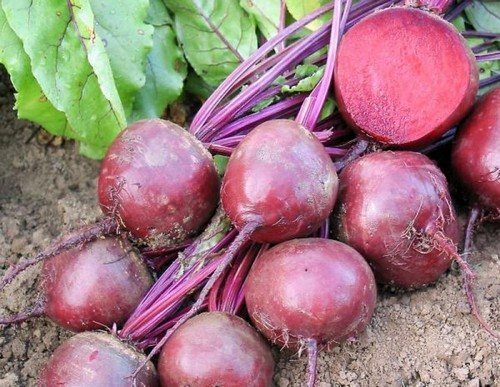
Bonsai under the window: 5 interesting ideas for the plot
The same method will help the heads of cabbage to form correctly: the leaves of the vegetable will grow and curl faster.
Use in the country kitchen
Powdered salt will come in handy for simple household needs: it can be used to remove stains from clothes or disinfect vegetables and greens before use.
This food supplement is also used to reduce itching from insect bites: apply dry or soaked salt to the bite site.Horseradish spreads very quickly and has a highly developed root system. To prevent it from filling the entire garden, you need to do the following:
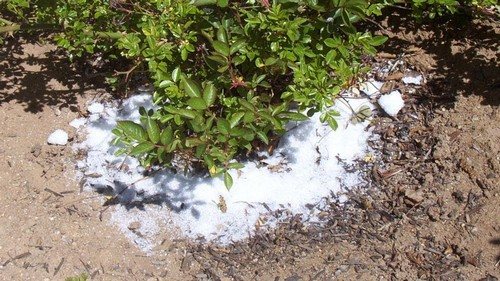
pour a tablespoon of table salt into the remaining earthen cavity.
If the horseradish has grown greatly, this method will not work - too much salt will harm the soil and crops grown in the garden.


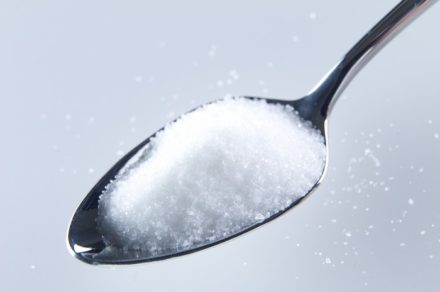
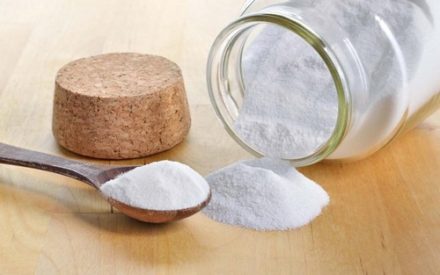
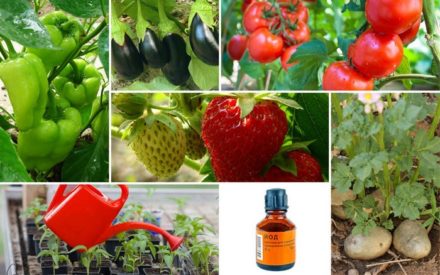
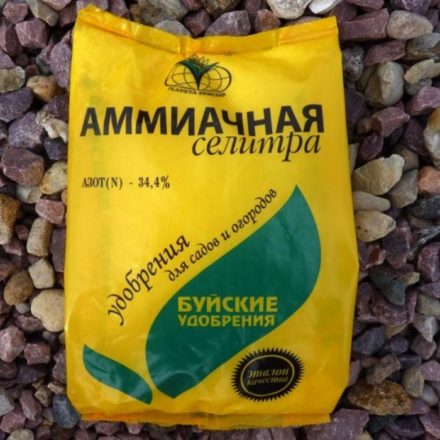

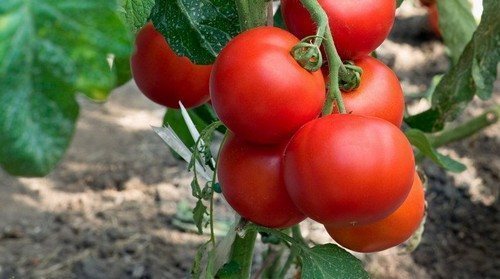
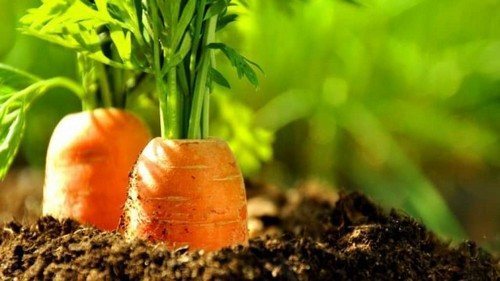
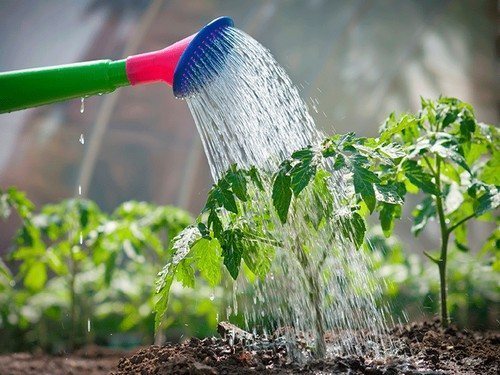
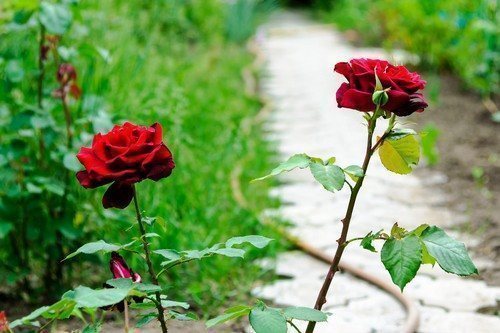
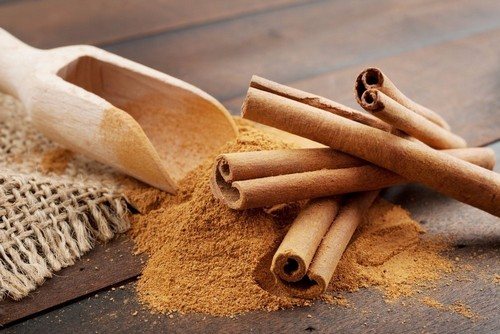
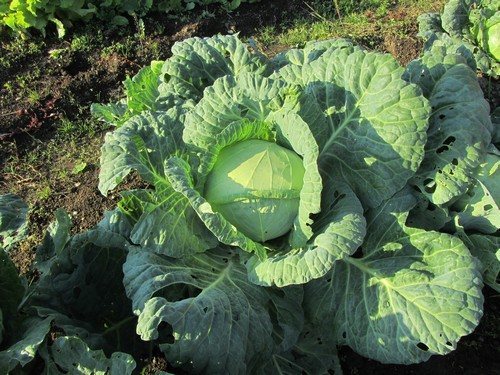
When using salt in the garden or vegetable garden, it is important to remember its harmful properties.
A simple garden drainage system: do it in the spring so that there are no floods after rains in the summer